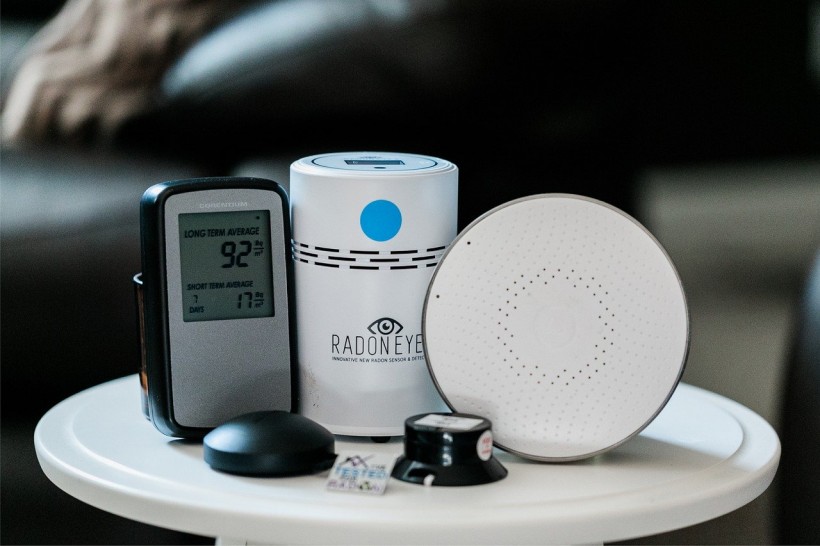There are several steps that you can take to improve indoor air quality and decrease the risk of contracting an airborne virus. These steps include proper ventilation, UVGI systems, and cleaning air handling systems. Additionally, you should be vaccinated against the COVID-19 virus and wear a high-quality mask if you have been exposed to SARS-CoV-2. However, these steps may not be enough to protect you from airborne viruses.
UVGI systems
Ultraviolet gamma irradiation (UVGI) systems are effective at eliminating airborne pathogens. This is a powerful microbicide with a wavelength of 253.7 nm, but there are certain precautions to take to avoid potential health risks. Inactivation is most effective at far-UVC light, which has been found to inactivate bacteria and viruses at human-safe levels.
As a result, UVGI systems are a good choice for limited settings and buildings. Their medical-grade filters capture a high proportion of airborne particles. UV-C light also destroys germs by breaking down their DNA. If UVGI systems are used, they should be fitted with filters with a MERV 13 rating. If UVGI systems are installed in a limited setting, it is possible to reconfigure them with ease. Otherwise, the building owner will have to make manual adjustments.
With the increasing number of new diseases, it is becoming more important than ever to consider the design of indoor environments for optimal health. In the context of the current COVID-19 pandemic, researchers have focused on poor Indoor Air Quality and how it affects infectious disease transmission. In addition to the lack of ventilation, researchers have also pointed out that people in closed environments are more susceptible to the airborne virus COVID-19. Thus, the use of recirculated air should be avoided as far as possible, and if necessary, treated to eliminate the risk of transmission.
Proper ventilation
Improving the ventilation in your home can help you to avoid the symptoms of a cold or the flu. You can increase ventilation by opening windows or running your HVAC system. Proper ventilation will also dilute viral particles in the air and reduce the risk of exposure to them. In addition, better ventilation is important if you have a pet. Read on to learn more about the benefits of proper ventilation.
The first step in improving the indoor air quality of your home is to improve ventilation in your home. Poor ventilation will cause the concentration of airborne viruses to increase. The second step is to make sure your ventilation is clean. Cleaning your home regularly will make the air in your home healthier. By removing any dust that accumulates, you'll be reducing the risk of infection from airborne viruses.
Cleaning of air handling systems
In addition to the installation of filters and air cleaners, improving the mechanical ventilation system can help reduce the number of contaminants that end up in the indoor environment. HVAC filters should have MERV 13 or higher filtration, which is considered the target minimum level of filtration. However, these filters may not be sufficient to reduce the number of airborne viruses in a building. Other methods of improving indoor air quality include maximizing the amount of outdoor air brought into a mechanical system.
In-room air quality monitoring system should be installed in areas that do not experience high amounts of dust. They should also have outlets that aren't affected by strong air currents, as strong air currents may re-entertain virus particles. When selecting an air cleaner, check the CADR, or Clean Air Delivery Rate, of the manufacturer. This rating represents the ability of the device to remove particles from the air at 0.1 to one-micron size.
Vaccination against COVID-19
While improved indoor air quality is a good first step to protecting public health, it cannot eliminate the risk of acquiring airborne viruses. Boosting immune systems and getting vaccinations against diseases like COVID-19 are still the best ways to protect yourself from airborne viruses. If you've been exposed to SARS-CoV-2, wear a high-quality mask and stay home if symptoms develop.
As the amount of pollutants in the air continues to rise, indoor air quality becomes increasingly compromised. Because most of us spend most of our time indoors, indoor air is 4-5 times more polluted than outdoor air. COVID-19, the most common airborne virus in the United States, is more infectious in enclosed spaces because of the presence of aerosols. In some cases, this can lead to fatality.
The Biden-Harris Administration identified improved indoor air quality as a critical tool for combating airborne diseases. Recently, the National COVID-19 Preparedness Plan has also prioritized improved indoor air quality. The White House Office of Science and Technology Policy (OSTP) has launched a Clean Air in Buildings Challenge, a call to action for building managers. Meanwhile, the Environmental Protection Agency (EPA) has published a practical guide on indoor air quality.
* This is a contributed article and this content does not necessarily represent the views of sciencetimes.com















